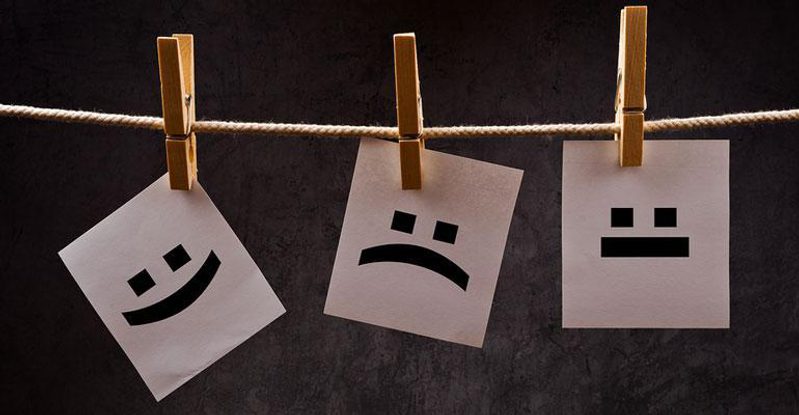Portland Therapy Blog
Local experts share the latest information and resources on all things mental health.
Is it OK to feel Ambivalent?
Posted: June 12, 2014 by Nani Waddoups

Ambivalence: the co-existence within an individual of positive and negative feelings toward the same person, object, or action, simultaneously drawing the individual in conflicting directions.
One of the most liberating moments in my life was when I was told that it was OK to be ambivalent. Until that point, I fully believed that I needed to know how I felt about something – this way or that way, happy or sad, hopeful or hopeless, anticipating with excitement or not. The idea that it was not only permissible, but natural to have multiple feelings about the same situation set me free from an internal struggle to narrowly define myself and put a crisp label on my emotions.
Having embraced that internal shift for years now, I marvel at my naïveté then. We are such complex beings – of course we would feel more than one way about any given event! But it is not just naïveté that kept me from allowing for a broad range of emotions to emerge: in our western culture we are conditioned to associate certain events, people and objects with certain default emotions. Less is said about feeling otherwise.
A classic example of ambivalence denied is the birth of a child: the default emotions associated with a new baby are “joy” and “delight.” But with the birth of a child there is a loss of freedom and flexibility, a shift in the parents’ identity and lifestyle, exhaustion and depletion, fear and anxiety, and feelings of being overwhelmed. In other words, a whole lot more emotions than just “joy!”
Another example is the death of a parent: yes there may be grief for the loss of a beloved family member (or in some cases, the loss of the dream of ever having a nourishing relationship with that parent), but there may also be feelings of relief that suffering is over, or even elation to be free of a tyrant.
In therapy, many clients are distressed because they don’t feel the way they are “supposed” to be feeling. Can you think of a situation in your life right now where your feelings are mixed? How tolerant are you of allowing conflicting emotions to co-exist? Do you feel pressure to tidy up the emotional messiness?
I am writing to raise some awareness about how we might be contributing to this constricting of our emotional experiences. Rather than projecting our expected emotions onto others, how can we encourage their own expression? Instead of asking the expectant mother if she’s “thrilled,” we can allow for her own assessment by asking, “So how is this for you?” To the college-bound teen, not, “You must be so excited!” but, “What’s this big change like for you?”
Bringing awareness to our tendency to assign specific emotions to certain experiences can free us to look for other feelings that may be arising, and can allow for a richer emotional life that is authentic and encompassing of our broader and more nuanced selves.
Nani Waddoups, MA, NCC, LPCI, is a Professional Counselor in Portland, OR. You can find out more about her practice by visiting her website or checking out her profile.
Tags: mood and feelings, relationship and family, anxiety, life transition
Featured Posts
Love Lessons: A Guide to Dating Someone Who is Codependent
Shame, Guilt, Humiliation, and Embarrassment
Why Do People Have Open Relationships?


